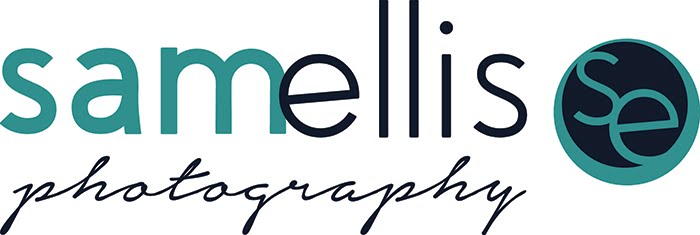Here's a video that explains some basics and I'll try to explain things in more detail below- https://www.youtube.com/watch?v=V7z7BAZdt2M
AUTOMATIC MODES
A (or AV), S, M modes are semi-automatic modes or fully manual mode (M) that allow you to control the shutter speed, aperture or both. What the heck does that mean? Read on.
*photo of camera dial
SHUTTER SPEED
I think this is the easiest to understand. Think of a camera's shutter as a curtain on your living room window. You can open it and close it to let light in or block it. That's what the shutter does, except it's really fast. Shutter speeds are listed in fractions of a second. It will open and snap shut in as fast as 1/30th to 1/8000th of a second!
WHY SO FAST? When the shutter opens, light hits the sensor and anything that moves during that time will end up blurry. So the more something is moving, the faster the shutter speed needs to be to freeze the motion.
If the shutter is the curtain in front of the window, the aperture is the size of the window. The aperture is part of the lens and can be opened and closed by settings on the camera. Aperture settings are referred to as f-stops and are an inverse relationship so the smaller the number, the bigger the aperture opening. For example f2.8 is wider than f8, see the diagram below
*insert diagram
You've seen photos with the background blurred out (not the fake blur created with an iPhone)? This is a function of the aperture- a wide aperture like f1.4, f1.8 or f2.8 is going to create shallow depth of field (DoF). Depth of field is how much area is in focus between the lens and the furthest area in the photo. A very wide aperture is going to be able to create shallow DoF meaning you can get the background to be blurry whereas a small aperture is going to have wider DoF so more of the photo will be in focus.
Aperture is a balance between letting enough light in and controlling the Depth of Field to suit your purpose. Usually, only portrait and landscape photographers really care about DoF, but knowing what it is can help you achieve the look you want.
This is probably the most difficult to explain. ISO is the sensitivity of the sensor to light. If you ever used film, you had to buy 100 speed film for bright sunny days, 400 speed film for cloudy days, and 800 speed film for indoors. ISO is the same thing except with the sensor. In bright light, you can set the ISO low, something like 100 or 200. On a cloudy day or at sunset, you might raise it to 400 to 600 and indoors you might go to 800 or above. ISO can go as high as 20,000 and more in a higher end camera.
As with shutter speed and aperture, there are tradeoffs for the different settings. The higher the ISO, the more digital noise there is in the photo. This will make the image grainy looking, so the lower the ISO you can use, the better. Most cameras have noise reduction built into them and they do a pretty good job so I generally tell people not to worry about ISO too much and use the best setting for the situation or...use Auto ISO and let the camera decide what it needs.
This is a shortcut to make a photo brighter or darker by pushing the +/- button and turning a dial on the camera. This works in ANY of the modes. Say you're taking photos and they're all coming out a little dark. Simply push the exposure compensation button and adjust it up and the camera will make the photos brighter. It's like overriding the camera's settings and a lot of professionals shoot on auto mode and use exposure compensation to get exactly the look they want.
Want a simple way to practice these settings without having to use your camera? Try this camera simulator website where you can change the shutter speed, aperture, and ISO to see the effects.

